Technical Articles

The Reciprocating Saw: A “Fresh Look” at a Familiar Tool
Over the years we have attended and instructed at many auto extrication events around the country. When using the reciprocating saw, we have noticed varying skill levels being demonstrated by students and instructors alike. Most of the time, the saw is used at full speed, while the operator tries to hold on, as the tool throws them back and forth at 3000 strokes per minute (SPM), until there is smoke and sparks and the blade goes dull since the teeth melted off.
February 9th, 2014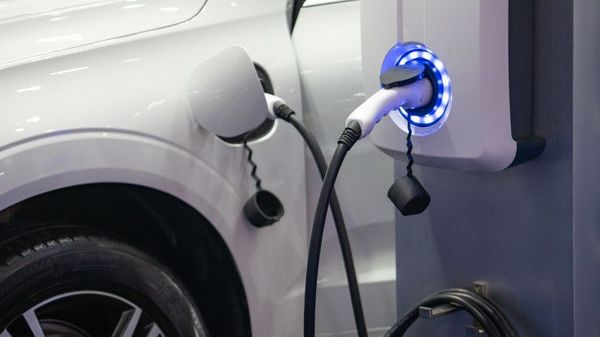
Electric Vehicles and Their Charging Stations
As the price of fuel increases, many of us are searching for a cleaner and more efficient mode of transportation. We would all like to stay away from the gas station as long as possible. For many years now, new car options have been emerging including hybrid, ultra efficient gasoline or diesel, alternative fuel, and electric vehicles. In this article, we are going to explore the electric vehicle charging station, and some of the potential risks involved with this power source for vehicles.
January 10th, 2013
LNG Tanker Explodes on China Highway - Watch Unbelievable Video From Multiple Angles
A tanker carrying liquefied natural gas overturned and exploded on a major highway in central China’s Hunan province, killing five people, including three fire-fighters, state media reported. State broadcaster CCTV reported that the tanker leaked around 20 tons of liquefied natural gas. Seven vehicles including two fire trucks were destroyed in the blast, it added. The cause of the accident is still under investigation.
October 16th, 2012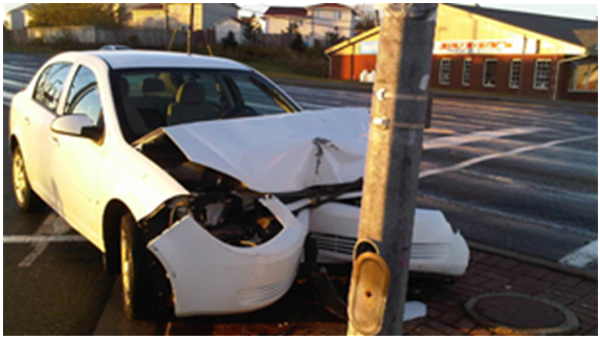
Cell Phone/Auxiliary Power Device Feedback: An Exploration of a Commonly Held Myth
In our New Vehicle Technology for First Responder courses over the years, we have been asked numerous times about the dangers of cell phones keeping a vehicle electrical system alive after the 12 volt battery has been disconnected. The common myth we encounter is that the Supplemental Restraint System (SRS) computer will remain energized by the cell phone battery that is connected to the vehicle through the power outlet, and may cause unwanted deployment of airbags during extrication procedures.
March 5th, 2012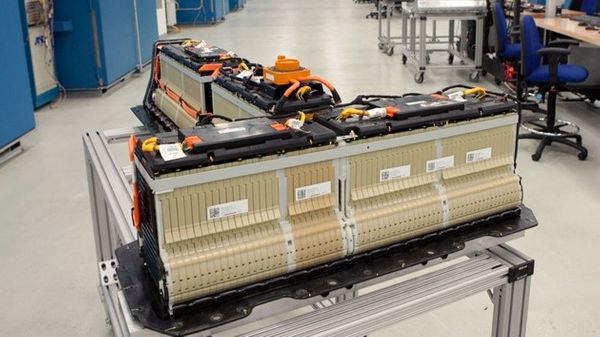
Chevrolet Volt Battery Fire; A Common Sense Response from MGS Tech
In response to questions that have arisen from the recent publicity regarding the Chevrolet Volt battery fire at the NHTSA, we at MGS Tech have been asked to shed some light on things that are being reported, and how accurate they may or may not be.
November 19th, 2011
Supplemental Restraint Systems: Installment 1 - Airbags
In the not so distant past, this scenario would not have been the case. Advancements in Supplemental Restraint Systems (SRS) and body structure have greatly increased your chances of survival during a collision. Just how is this accomplished? Multiple airbags, pre-tensioner seat belts, active head rests and vehicle stability control are just a few of the specific ways modern vehicles are safer than models produced just a few years ago. In this first of three articles, we will be taking a look at the airbag portion of the SRS system, and how it operates.
November 19th, 2011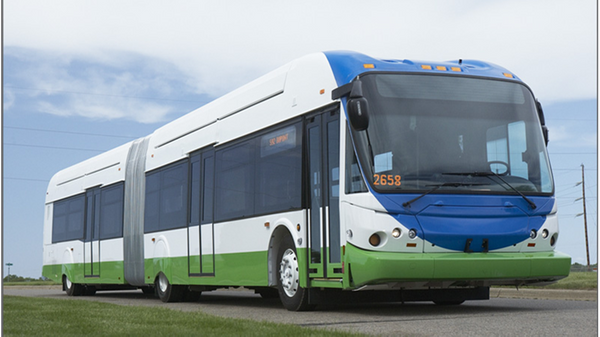
Hybrid Bus and Heavy Truck Systems
As we gain an understanding of hybrid systems in the vehicles around us, it is necessary to note that hybrid vehicles come in all shapes and sizes. Hybrid systems are not just found in passenger vehicles and light duty trucks. Large, industrial vehicles also benefit from the efficiency of hybrid operating systems. Hybrid buses and trucks are being adopted by city and county government agencies and trucking companies, due to their ability to save fuel and reduce emissions and maintenance costs.
June 2nd, 2011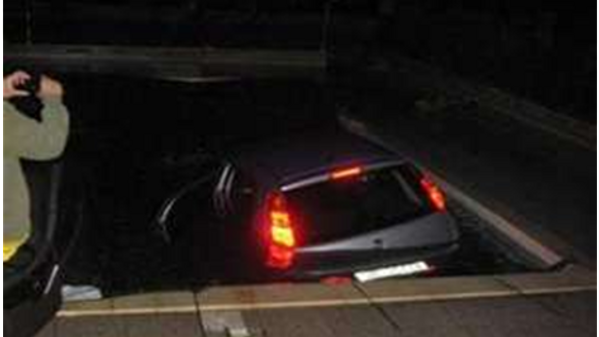
New Vehicle Technology Awareness for Public Safety Divers
Vehicle extrication already has its challenges without adding the element of submersion. As time has passed, vehicle technology has become more complex. The presence of hybrid and electric vehicles on our roads has become more commonplace. Hearsay and misinformation about high voltage vehicles has added another challenge to the hazardous operation of underwater rescue and vehicle recovery.
January 31st, 2011
Hybrid Under-ride Solution
The purpose of our previous article was to encourage creative thought about a situation that would normally have a straightforward approach. As the MVA was evaluated, however, it became more apparent that the technology contained in the vehicle could make reaching the patients in the vehicle more complicated. It was deliberately designed as a tough “what if” scenario, with very specific circumstances involving a hybrid vehicle. There are several ways to approach the situation that we will discuss in this solution. Many thanks to the very knowledgeable individuals who responded with their intelligent and practical solutions to the Honda Civic Hybrid under-ride MVA scenario article.
January 25th, 2011
Scenario: MVA
Keeping in mind that hybrid vehicles have 4 tires and a steering wheel just like all the other vehicles on the road today, the major difference is its propulsion system. Take a conventional vehicle, add a traction motor and high voltage battery, and you basically have a hybrid. This is over simplified to be sure, but makes the point that extrication procedures will differ little between hybrid and conventional vehicles in most cases. Consider the diagram below. Note the position of the high voltage battery, orange high voltage wires and inverter/traction motor. Can you remove the roof of this vehicle for patient access without encountering the high voltage system?
December 6th, 2010
Mid/Low Voltage Automotive Systems
Automotive electrical systems have been evolving quickly, as new technology is integrated in our transportation systems. We have previously discussed high voltage electrical systems in hybrid vehicles. It is also important to understand other electrical systems and how they may be important during extrication. We will be discussing mid voltage “hybrids”, as well as some key 12 Volt systems found in vehicles today.
October 19th, 2010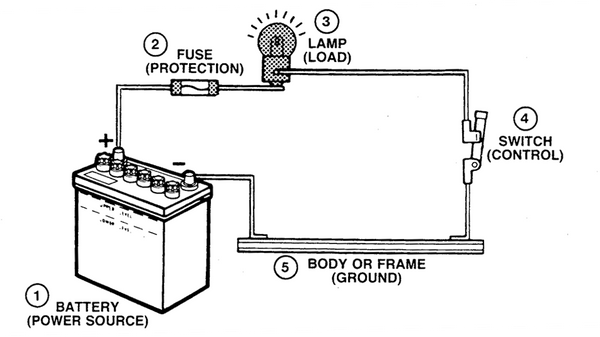
Basic Electrical Theory
This explanation of how electricity works may seem comical, but it highlights the mystery surrounding electricity as something we cannot see. The results of electricity at work are obvious to us; the lights turn on, the motor turns and the stereo plays music. In contrast, the flow of electricity through wiring becomes somehow mysterious or even frightening when high voltages are considered.
September 2nd, 2010
Vehicle Electrical Circuits
Modern Hybrid vehicles contain a wide array of technologies. Trying to understand the hazards associated with these systems is essential for first responders. What are the major components to consider during your approach and extrication, and where are they located? This article will be a review of some of the systems you may encounter when responding to a MVA involving a Hybrid vehicle.
September 2nd, 2010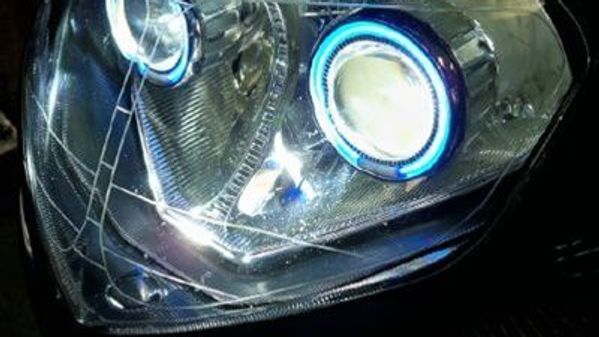
HID Lighting: A Bright Idea?
As you are driving one evening, you round a corner and all of a sudden you are blinded by bluish-white beams, piercing the dark. Face to face with a UFO? 747 landing lights? Entrance to the pearly gates?
You have just witnessed HID lighting at its finest.
March 19th, 2010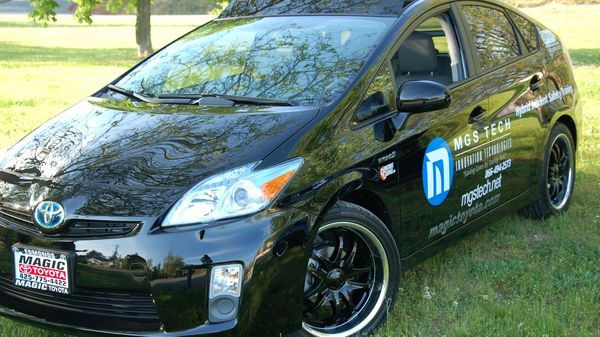
Hybrid Models Around Us Today
Hybrid vehicles are becoming more and more common on the road today. Is the commuter bus next to you in traffic a Hybrid? In some cities, it certainly is. The car in front of you may look like a normal car, but in some cases it’s the Hybrid version that uses the exact same body style. Identifying Hybrid models is not as straightforward as it may seem.
March 18th, 2010
What is a Hybrid?
Have you ever thought about how you would handle yourself or your crew when dealing with a hybrid vehicle that was involved in an incident? Maybe you have taken a class. Did you get enough information from that class to make you comfortable dealing with any scenario? Did you walk away having questions unanswered? Even worse, did you walk away with more fear than before the class? Maybe you have never even thought about it.
March 18th, 2010